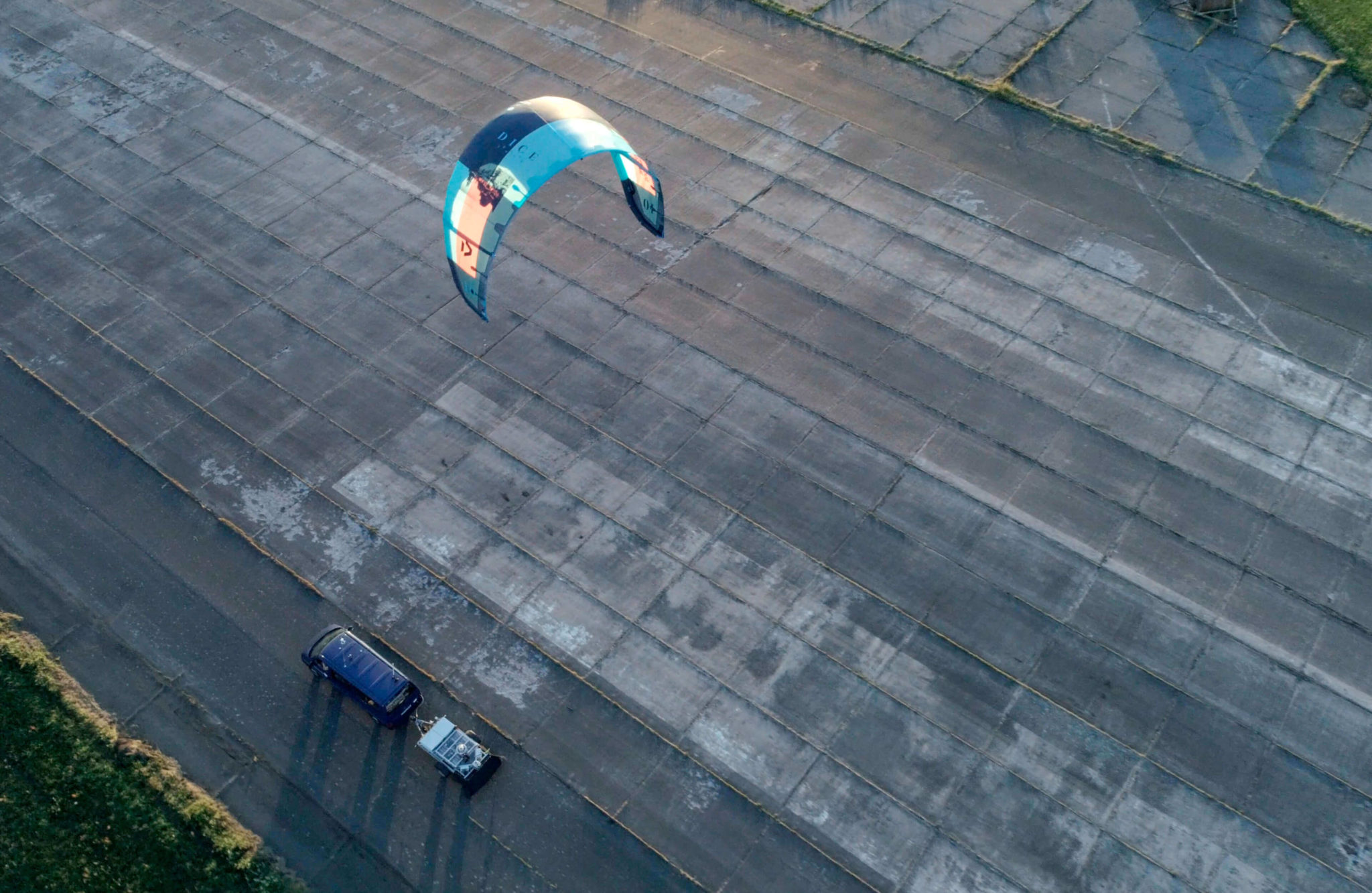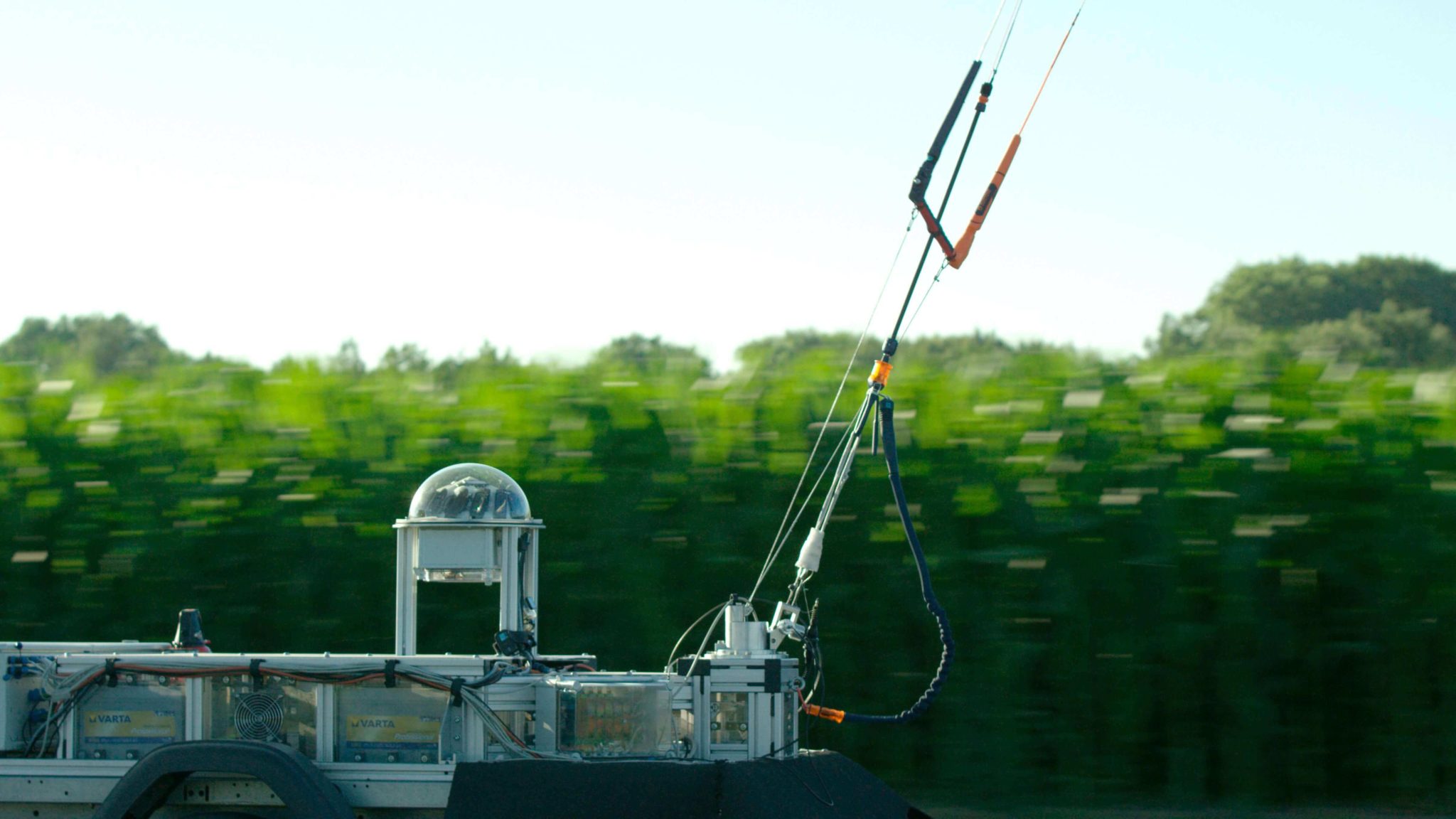“Imagine if you could compare kite models against each other based on figures, similar to a car-magazine test. Parameters such as steering pressure, lift, drag, depower-ability, turning speed and more could be compared by looking at objective data. This would revolutionize the development process and the way we judge kites in general. A designer’s dream come true!” says Ralf Grösel, one of Duotone’s kite designers. Back in 2013 Jan Hummel approached Ralf with exactly that idea project TETA (Test and Evaluation of Tethered Airfoils), operated by the University of Berlin. It was the primary subject for Jan’s PhD thesis to figure out how to create valid, testable, repeatable data to establish an objective way to measure various performance attributes of a kite.
Dietmar Göhlich, professor at the department of Methods for Product Development and Mechatronics at the Technical University of Berlin explains: “The problem is that compared to rigid wings, the physics of flexible membranes such as kites are very complex. The general knowledge about flexible wings is limited due to the deformation of the kite under aerodynamic load.”
The solution to this problem is the world’s first test bench, TETA, which was specifically developed for validating flexible wings. It is essentially a trailer towed behind a van, bristling with scientific apparatus, from which a kite can be flown automatically or manually.

Jan explains, “we drive the test bench behind a van on a military runway in calm wind conditions to reduce the influence of gusts. This allows us to simulate different windspeeds. Downscaling is not appropriate for flexible wings; and since lines and control bars must be taken into effect, unscaled wind-tunnel tests are not suitable because of their size.” Driving under cruise control with a full-length lineset creates ”˜reproducible, controlled conditions which allow us to develop a systematic understanding of how kites perform under realistic conditions. This enables us to compare various designs.”
Inside the test bench there is a pilot and a generic bar attached to wires which are fed into winches and servos. Attached to the test bench there are cameras and a weather station. The kite flies from the bench at the end of a standard kite bar which is controlled and monitored by separate servos.
Says Jan, “To perform repeatable automated maneuvers, repeatable steering inputs are of course necessary, the steering inputs are implemented by two servo motors and can be controlled by the pilot via fly-by wire or from the control unit itself or from both in combination.”


